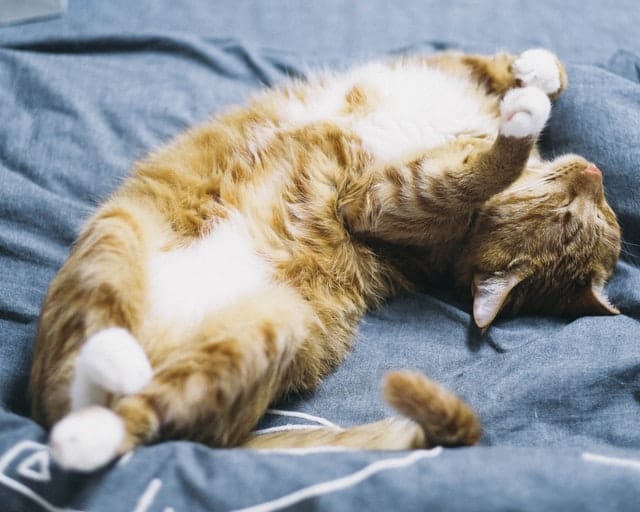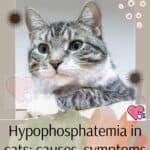
Here are the various symptoms that can be encountered in cats when they have a head injury and what is the right treatment for this problem.
Felines are free-range pets, jumping all over the place. Precisely this peculiarity could lead the cat to fall and get hurt.
In fact, the main causes of a head injury in cats are falls, injuries from fighting with other animals (in case your cat walks around during the day) or a car accident.
While a physical injury is evident, it is possible that if your feline has suffered a head injury he could exhibit neurological symptoms without any head injury.
So let’s see together what are the symptoms to keep in mind, to understand if the cat has suffered a head injury and what is the right treatment.
Head trauma in cats: the various symptoms

To understand if your feline has suffered a head injury, it is necessary to carefully observe various symptoms that will arise in the cat. It is also important to know that after a head injury it is possible that a cerebral dysfunction occurs in the feline, due to bruising, fractures or intra-cranial bleeding.
Neurological symptoms
One of the symptoms that can occur if the cat suffers a head injury are neurological symptoms, including:
- Convulsions in cats
- Oddities to the hearing and sight of the cat
- Anomaly of consciousness
In addition, the cat may stumble or have changes in movement and posture. In the event that your cat exhibits one of these symptoms and observing it you notice the cat a bit “dull” it is necessary to take it to the vet.
Physical symptoms
In addition to the neurological symptoms, it is also possible to notice physical symptoms in the feline, relating to a head injury in the cat. The first very obvious physical symptom is the injury due to the cause of the pathology. Other physical signs can be the following:
- Bleeding from the cat’s nose
- Bleeding from the cat’s ear
- Stiff limbs
- Strange eye movements
- Differences in the size of the pupils of the cat
- Strange eye movements
- Head tilted
- Breathing difficulties in the cat
- Rapid breathing
Furthermore, in the event that the mucous membranes and the skin of the cat have a bluish color, it means that there is little oxygenation in the animal’s blood, another symptom of head trauma.
Internal symptoms
In the event of head trauma in cats, there is initially an increase in blood pressure and heart rate. Thereafter as the blood pressure continues to rise, the heart rate decreases and the heart has difficulty pumping blood throughout the feline‘s body.
If your cat has low blood pressure after the injury, you should contact your vet immediately, as this is quite a dangerous situation.
Head trauma in cats: diagnosis and prognosis
As you can see, the symptoms caused by head trauma in cats can be many, for this reason the vet’s diagnosis includes some tests, such as:
- Neurological examination
- Physical examination
- CT and radiographs
The treatment of this disorder depends on the cause that caused it, so if you know or suspect the cause of the trauma it is important to communicate it to the specialist. The vet might administer both drugs to treat brain edema, and pain relievers as supportive care.
In case of compound skull fractures, that is, the fractured bones have not moved, non-surgical treatment may be recommended, otherwise an operation is required. Prognosis depends on the course of treatment and the degree of injury.






